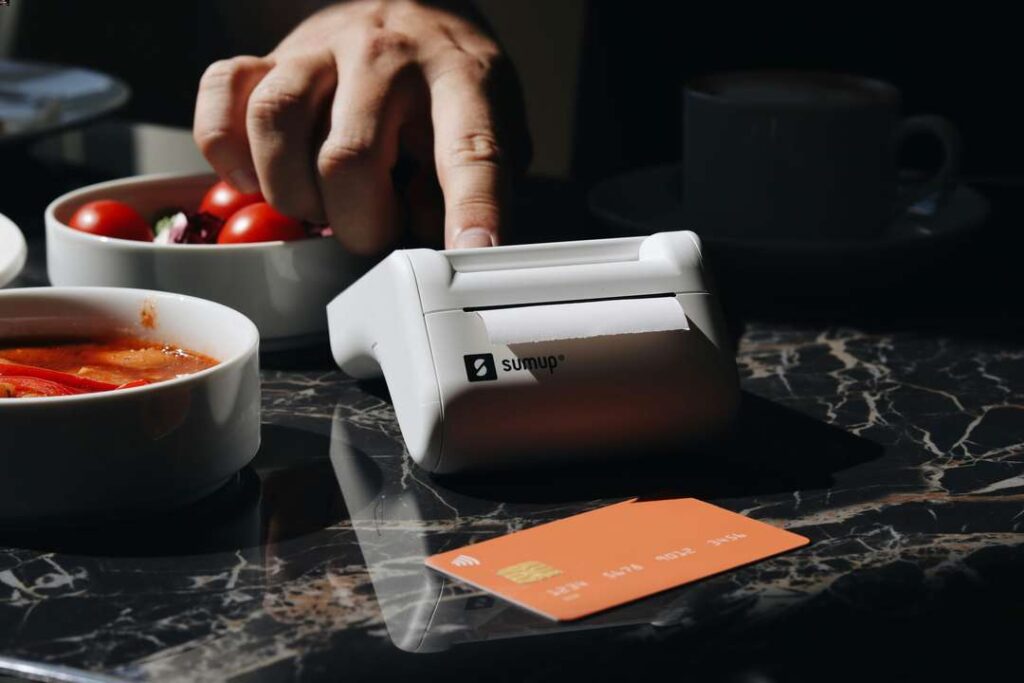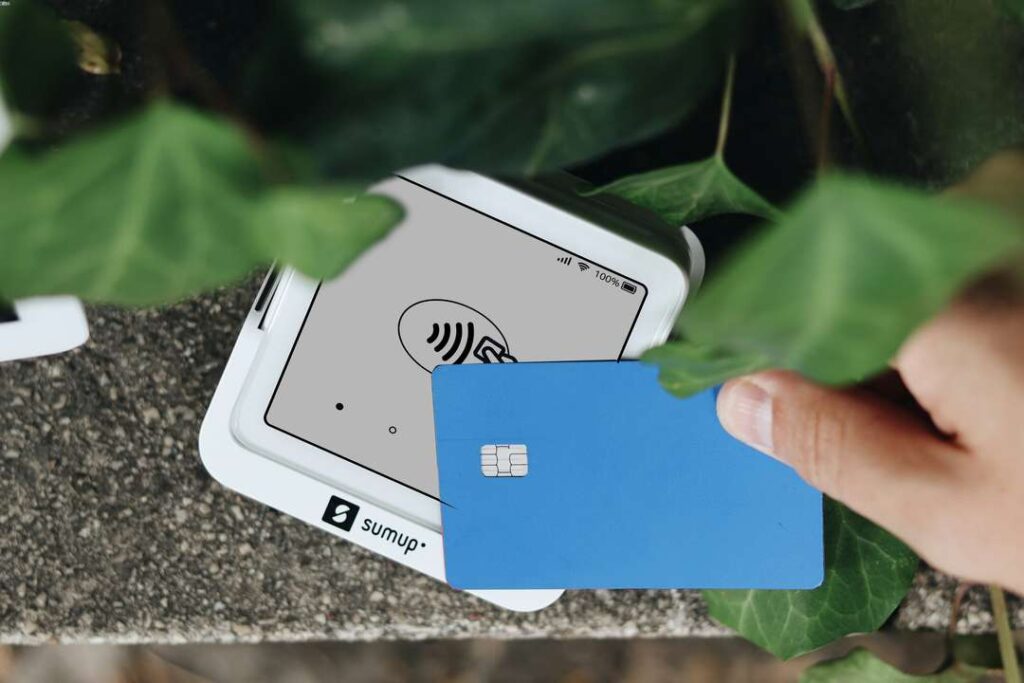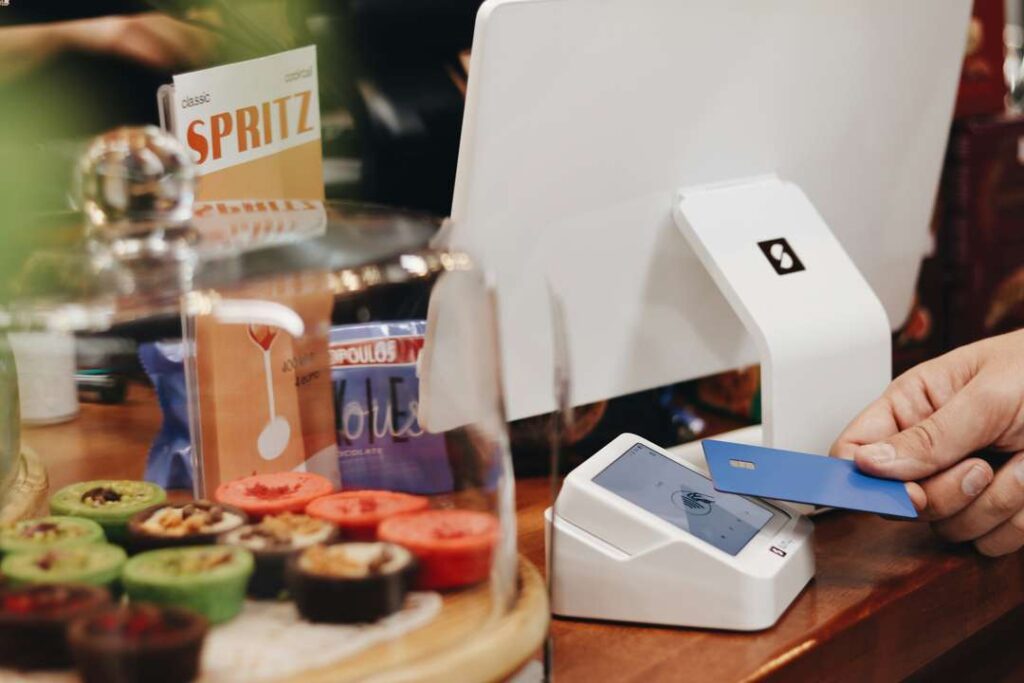In the digital economy, businesses must facilitate smooth and secure online transactions. A payment gateway is the bridge between buyers and sellers, ensuring transactions are processed seamlessly. However, developing a payment gateway is complex and requires attention to compliance, security, and performance. Here’s a comprehensive guide to creating a payment gateway from scratch.

Table of Contents
- Understanding Payment Gateways
- Planning Your Payment Gateway Development
- Building Blocks of a Payment Gateway
- Development Stages of a Payment Gateway
- Security and Compliance Requirements
- Testing and Quality Assurance
- Deployment and Monitoring
- Scaling and Optimization
- Conclusion
Understanding Payment Gateways
A payment gateway is a software application that allows merchants to process payments securely by communicating transaction information between payment processors and financial institutions.
Some popular examples include Stripe, PayPal, and Square. They provide secure communication, support multiple payment methods, and help businesses facilitate payments from customers worldwide.
Planning Your Payment Gateway Development
Identify Core Requirements
Define your payment gateway’s core features based on your business needs and target audience. Essential requirements include:
- Payment Methods: Support for credit/debit cards, digital wallets, bank transfers, etc.
- Currency Support: Multicurrency support if operating globally.
- Integration: APIs and SDKs for easy integration with various platforms.
Analyze the Market and Competitors
Research leading payment gateways, noting their strengths and weaknesses. Aim to offer unique features, whether in terms of UX, additional security, or lower fees.

Building Blocks of a Payment Gateway
Key Components
- Merchant Dashboard: This enables merchants to manage transactions, view analytics, and download reports.
- User Interface (UI): Simple and user-friendly interfaces that integrate seamlessly with online shops.
- Transaction Processor: Executes the financial transaction by connecting the buyer’s and merchant’s banks.
- Payment APIs: Enable third-party integrations for various payment methods.
- Data Encryption and Tokenization: Critical security features to protect user information and comply with regulations.
Technology Stack
Select technologies that balance performance, security, and scalability:
- Backend: Node.js, Python, or Java for server-side logic.
- Frontend: HTML5, CSS3, JavaScript, and popular frameworks like React.
- Database: MySQL or MongoDB for managing transaction records.
- Encryption: OpenSSL for encrypting sensitive information.
Development Stages of a Payment Gateway
Stage 1: Design and Architecture
Design your payment gateway’s architecture to ensure smooth functionality:
- Microservices Architecture: Allows for individual components to be developed and scaled independently.
- API-Driven Development: Helps create a flexible payment solution that can be integrated with multiple platforms.
Stage 2: Coding and Core Functionalities
- Payment Processing Logic: Develop the backend code responsible for processing payments, verifying funds, and finalizing transactions.
- Transaction Security: Implement tokenization and SSL encryption, which are crucial for PCI DSS compliance.
- Error Handling and Logging: Set up systems for error handling, logging, and notifications to address any transactional issues in real time.
Stage 3: Frontend and User Interface
Design the UI for both the customer checkout experience and merchant dashboard:
- Responsive Design: Ensure compatibility across devices.
- Customizable: For business users, offer options to tailor the look and feel of the checkout to match their brand.

Security and Compliance Requirements
Security and compliance are paramount in payment gateway development. Here are the primary regulations and practices to follow:
- PCI DSS Compliance: A set of security standards that ensure all card transactions are secure.
- 3D Secure: Adds a layer of authentication for online credit and debit card transactions.
- Data Encryption: SSL/TLS encryption to protect sensitive data.
- Fraud Detection: Employ machine learning models and rule-based engines to flag suspicious transactions.
Testing and Quality Assurance
Rigorous testing is essential for payment gateways due to the high stakes involved in transactions. Key testing steps include:
- Functional Testing: Verify that every feature functions as expected, from payment processing to error messages.
- Security Testing: Penetration testing is vital to identifying vulnerabilities.
- Compliance Testing: Ensure that all security and regulatory standards are met.
- Performance Testing: Test the system’s behavior under heavy load to handle peak times without downtime.
Deployment and Monitoring
Deployment
After thorough testing, deploy the gateway with a secure hosting provider that offers real-time monitoring and supports failover mechanisms.
Monitoring
Monitoring ensures you can detect and address issues promptly:
- Real-Time Monitoring: Monitor transaction processing speeds, server load, and transaction success rates.
- Logging and Alerts: Set up alerts for any anomalies or system issues.
- Regular Security Audits: Periodic security audits will help you stay ahead of potential threats.
Scaling and Optimization
As your user base grows, so will the load on your payment gateway. Here’s how to ensure consistent performance:
- Scalability with Load Balancers: Distribute incoming requests evenly to manage high traffic.
- Database Optimization: Use indexing and caching to improve database performance.
- Expand Payment Options: Integrate additional payment methods to enhance user convenience and reach.

Conclusion
Developing a payment gateway is a rewarding yet complex project that demands careful planning, technical expertise, and strict adherence to security protocols. Following these steps, you can create a secure and reliable payment solution for businesses in the digital age. You can also check our latest articles here